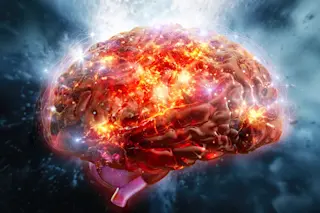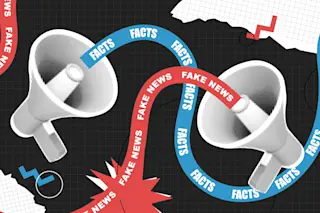Human beings are the peak of evolution, right? Our advanced brains allow us to poke one another on Facebook, send rockets to the moon, and order complex drinks at Starbucks. We can even fall in love. How are we able to do all of that? NPR's Science Podcast has been doing a running series "The Human Edge" in which they discuss various things about humans that make us, well, human. NPR's John Hamilton tackled brain evolution and how we humans still carry parts of other ancestral animal brains within us. Feel that pebble in your shoe? Thank a jellyfish. Ever duck before a rogue Frisbee collides with your noggin? Thank a lizard. Remember where you left your keys? Thank a mouse. Hamilton interviewed David Linden from John Hopkins University who explained that our brain is the way it is because evolution is "the ultimate tinkerer and cheapskate." Evolution built our ...
You Fall in Love Because Your Brain is a Jellyfish, Lizard, and Mouse Ice Cream Cone
Explore brain evolution and how our unique human brain combines instincts from jellyfish, lizards, and mice to create complex emotions.
More on Discover
Stay Curious
SubscribeTo The Magazine
Save up to 40% off the cover price when you subscribe to Discover magazine.
Subscribe













